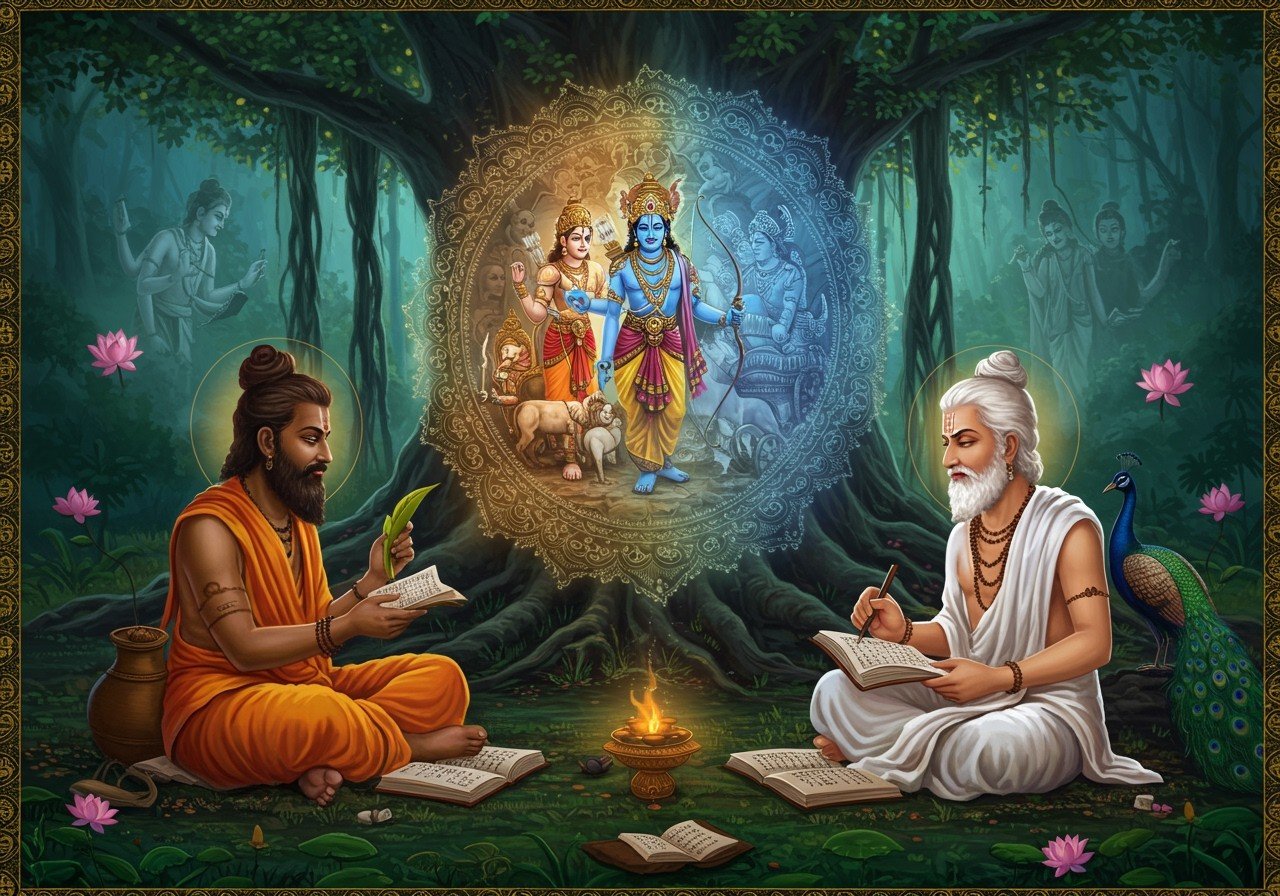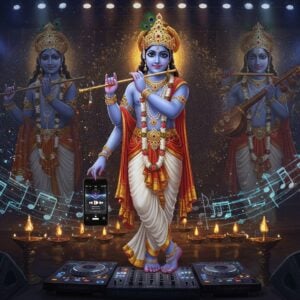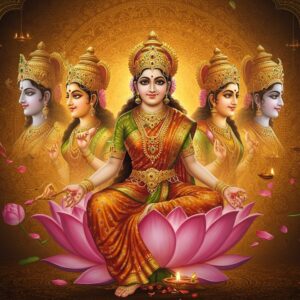
In the realm of ancient Indian literature, Vyasa and Valmiki hold revered positions as the authors of the Mahabharata and Ramayana, respectively. These two epic poems have profoundly shaped Indian culture and spirituality, exploring themes of morality, duty, and righteousness, and influencing the values and beliefs of Indian society for centuries. Their enduring appeal continues to resonate with those seeking wisdom and connection to tradition.
Literary Contributions of Vyasa and Valmiki
Vyasa and Valmiki, iconic figures in Indian literature, have woven intricate tapestries of narratives that continue to captivate and inspire. Their epic creations, the Mahabharata and the Ramayana, offer profound insights into the human condition and the pursuit of dharma.
Vyasa’s Mahabharata
Attributed to Vyasa, the Mahabharata stands as the world’s longest epic poem, a complex tapestry of narratives and sub-narratives. Centered around the Kurukshetra War, a monumental conflict between the Pandavas and the Kauravas, the epic delves into the intricacies of duty, justice, and righteousness. It explores the concepts of dharma (righteousness) and adharma (unrighteousness), offering profound insights into the complexities of human action and its consequences.
- The Mahabharata is renowned for its intricate narrative structure and the moral dilemmas faced by its numerous characters.
- Embedded within the epic is the Bhagavad Gita, a sacred text that addresses fundamental questions of duty, spirituality, and the nature of reality. Its philosophical discourses continue to inspire and guide seekers of moral clarity and spiritual understanding. Consider purchasing a copy of the Bhagavad Gita from Poojn.in to deepen your understanding of this profound text.
Valmiki’s Ramayana
Valmiki’s Ramayana unfolds the captivating tale of Lord Rama, his devoted wife Sita, and his loyal brother Lakshmana. This epic narrative celebrates the ideals of duty, righteousness, and unwavering devotion. The story follows Rama’s arduous quest to rescue Sita from the clutches of the demon king Ravana, showcasing courage, sacrifice, and adherence to dharma.
- In contrast to the Mahabharata, the Ramayana possesses a more straightforward narrative structure, emphasizing the virtues of its central characters.
- Valmiki’s poetic elegance shines through vivid imagery and rhythmic verses, transporting readers to a world of mythical grandeur and moral clarity. You can explore various versions of the Ramayana at Poojn.in.
Similarities and Differences
While both epics share common ground in their exploration of dharma and human values, they also differ significantly in scope, narrative structure, and character portrayals.
Similarities
- Triumph of Dharma: Both epics highlight the ultimate victory of dharma, truth, and righteousness over adharma, falsehood, and wickedness. This underscores the importance of moral conduct and the inevitable consequences of actions.
- Divine Intervention: Both narratives feature the presence and influence of Vedic deities, showcasing divine intervention in human affairs. Gods play active roles, shaping events and influencing character development, reflecting the deeply intertwined relationship between the human and divine realms.
Differences
- Scope and Structure: The Mahabharata, with over 100,000 verses, is significantly longer and more complex than the Ramayana, which comprises around 24,000 verses. The Mahabharata‘s intricate narrative structure, encompassing numerous sub-stories and philosophical digressions, contrasts with the Ramayana‘s more linear and focused narrative. Learn more about the contrasting structures of these epics.
- Character Complexity: The Ramayana presents characters with relatively clear-cut moral attributes, emphasizing idealized portrayals of virtue and vice. The Mahabharata, on the other hand, delves into the complexities of human psychology and moral ambiguity, portraying characters who grapple with difficult choices and experience internal conflicts. Dive deeper into the thematic exploration of Dharma in the Ramayana at Poojn.in.
Poojn.in: Connecting with India’s Epic Heritage
At Poojn.in, we offer a wide selection of authentic puja items and spiritual resources to help you connect with the timeless wisdom of the Mahabharata and Ramayana. Explore our collection of sacred texts, ritual items, and devotional accessories to enhance your spiritual practice and deepen your understanding of India’s rich cultural heritage. Enhance your puja experience with authentic brass items like Panchmukhi Hanuman idols and other divine figures from Poojn.in. You can also find items like clay diyas and sacred threads for your rituals.
Conclusion
Vyasa and Valmiki, through their monumental epics, have bequeathed a timeless legacy to Indian culture and spirituality. The Mahabharata and Ramayana serve as enduring sources of wisdom, moral guidance, and profound insights into the human condition. Their narratives continue to inspire and resonate with readers across generations, offering valuable lessons on duty, devotion, and the pursuit of righteousness.


